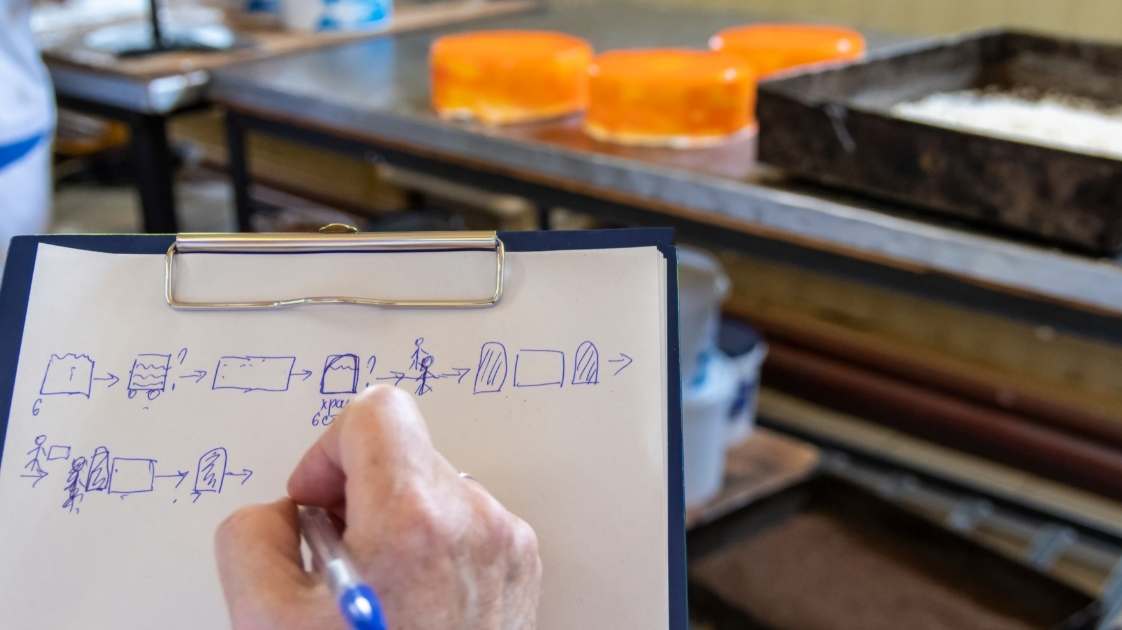Table of Contents
TogglePrinciples of 5S System
Sort (Seiri)
The journey of 5S begins with a critical and introspective gaze into the heart of the workspace. At this nascent stage, the primary task is to dissect and understand the true function of the area under scrutiny. This involves a thorough inventory and categorization of the equipment and items within. The critical question here is of necessity and functionality: “Is each item essential to the tasks performed in this area?” Items deemed necessary are honored with their rightful place, while those superfluous find their way to a designated ‘red zone,’ earmarked for reconsideration or removal. This stage is also about identifying voids, ensuring that the area is not just devoid of excess but also equipped with all the necessary tools.
Systematize (Seiton)
Post-selection, the stage is set for meticulous organization. This phase is about architecting a space where every tool and item not only has a designated place but is positioned in a manner that maximizes efficiency and minimizes unnecessary movement or time wastage. Creative solutions like boards, stickers, pictograms, and photos aren’t just encouraged; they are instrumental in achieving the harmony of an organized workspace.
Shine (Seiso)
The third principle is about instilling a sense of pride and ownership over one’s workspace. Cleaning and maintenance are not seen as chores but as integral parts of the work process. However, effectiveness in this stage is not spontaneous; it demands a structured approach. This involves devising schedules and protocols detailing the ‘what,’ ‘when,’ and ‘how’ of cleaning and maintenance, ensuring the workspace doesn’t just shine once but continually radiates excellence.
Standardize (Seiketsu)
Standardization is the bedrock of consistency. This stage involves the careful crafting and documentation of standard procedures for each task and process. The goal is to eradicate ambiguity, reduce variability, and ensure that each action and process is a mirror of excellence and efficiency.
Sustain (Shitsuke)
The final principle is about nurturing a culture where continuous improvement is not just a goal but a way of life. Sustain is about embedding the 5S philosophy into the DNA of the organization. It involves every individual, every day, and every task. Regular audits, reviews, and an ethos of collective responsibility ensure that the principles of 5S are not just implemented but are lived and breathed by the entire organization.
Conclusions – What is 5S
I have many years of experience in the automotive industry. I am equipped with knowledge of KAIZEN culture and philosophy, as well as improvement tools based on real industrial conditions. I know how to identify and reduce waste in a company using lean management methods and tools. I am prepared to implement Lean Management tools and improvements that focus on improving the quality, efficiency, and productivity of processes.







